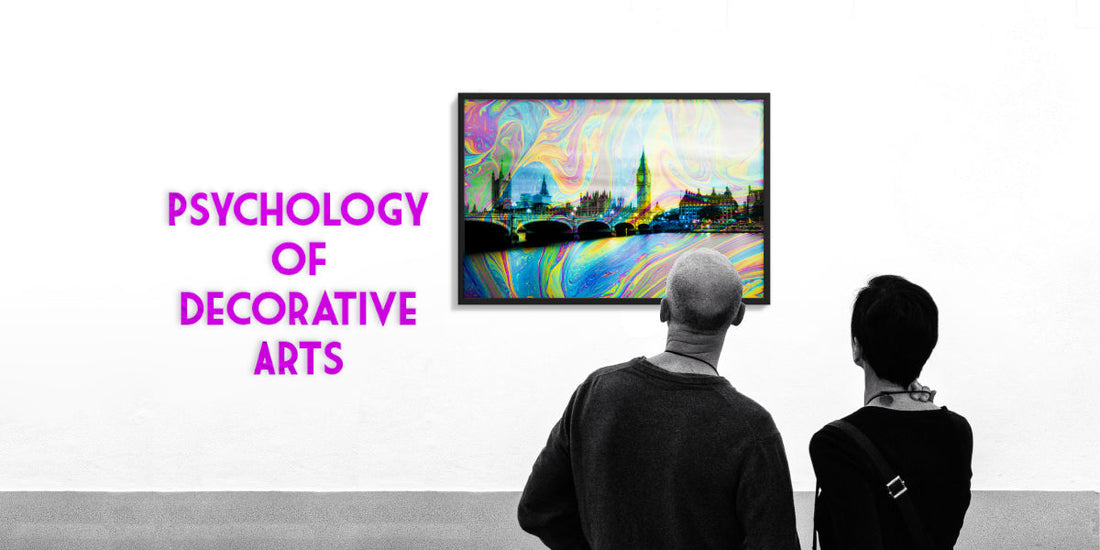
Why We Need Wall Art: Exploring the Psychology of Decorative Arts
Share
As human beings, we have a natural inclination towards aesthetics. The beauty of art is something that captivates our senses and fills us with a sense of pleasure and wonder. This is why wall art has become such an important part of our lives, as it can transform an otherwise plain and dull space into a vibrant and lively environment.
At its core, wall art is a form of decorative art. Decorative art is any art form that is designed to enhance the aesthetics of a space or object, without necessarily serving a functional purpose. This is why wall art is often used as a means of adding personality and character to a room, as it can communicate a particular style, mood or theme.
But why do we need wall art? What is it about this form of decorative art that makes it so essential to our lives? In this article, we will explore the psychology of wall art and the reasons why it is such an important part of our homes and lives.
Expressing Identity and Personality
One of the primary reasons why we need wall art is that it allows us to express our identity and personality. The art we choose to display on our walls can communicate our tastes, interests, and values to others. This is why wall art is often seen as a reflection of the person or people who live in the space.
For example, a person who loves nature may choose to decorate their walls with landscape paintings or botanical prints, while someone who is interested in pop culture may opt for posters of their favorite movies or TV shows. Whatever our preferences may be, the art we choose to display on our walls can help us express ourselves and communicate who we are to others.
Creating a Mood or Atmosphere
Another important reason why we need wall art is that it can create a particular mood or atmosphere within a space. The colors, textures, and subject matter of the art we choose to display can all contribute to the overall vibe of a room.
For example, a piece of abstract art with bold colors and dynamic lines may create a sense of energy and movement within a space, while a serene landscape painting may evoke feelings of calmness and tranquility. By choosing the right wall art, we can transform a room into a space that reflects our desired mood or atmosphere.
Enhancing Cognitive Function
Studies have shown that exposure to art can enhance cognitive function, such as memory and problem-solving skills. This is because looking at art stimulates the brain and encourages it to make new connections between different areas.
When we surround ourselves with wall art, we are providing our brains with constant visual stimulation, which can help improve cognitive function over time. This is why wall art is often recommended for spaces such as offices or study areas, where cognitive function is especially important.
Providing Inspiration and Motivation
Another benefit of wall art is that it can provide inspiration and motivation. Art has the power to inspire us and spark our creativity, whether it be through the colors, composition, or subject matter of the piece.
For example, a piece of motivational wall art with an inspiring quote or message may encourage us to stay focused and motivated, while a piece of art depicting a favorite hobby or interest may inspire us to pursue our passions. By surrounding ourselves with art that inspires and motivates us, we can create a space that supports our goals and aspirations.
In conclusion, wall art is a vital component of our homes and lives. Whether we use it to express our identity and personality, create a mood or atmosphere, enhance cognitive function, or provide inspiration and motivation, wall art has the power to transform a space and enrich our lives in countless ways. So if you haven't already, it's time to start exploring the wonderful world of wall art.
